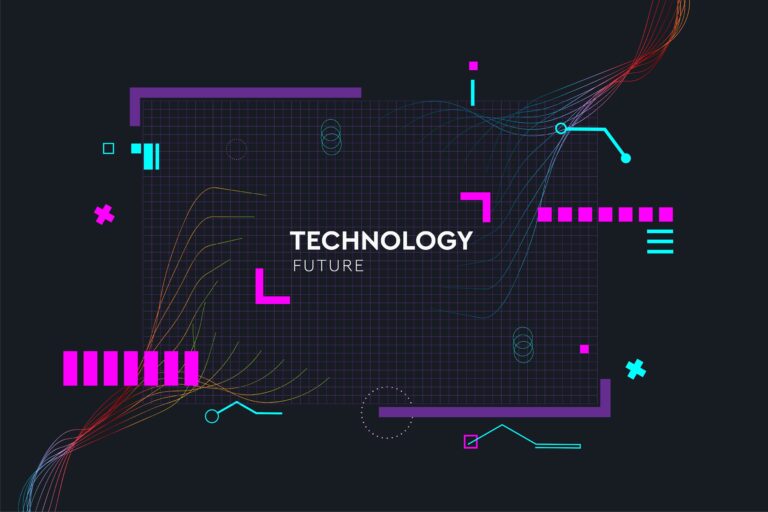Originally published in Forbes Magazine as part of CTO Stephen Farrugia’s contribution to the Forbes Technology Council, this article explores how a new wave of agentic AI is reshaping the future of communications networks.
A new kind of AI is changing the world of communications networks. While traditional AI approaches focus on single-task performance, agentic AI brings an ecosystem of intelligent components working together to drive autonomous decision-making, learning and optimization across large and complex environments.
A new kind of AI is changing the world of communications networks. While traditional AI approaches focus on single-task performance, agentic AI brings an ecosystem of intelligent components working together to drive autonomous decision-making, learning and optimization across large and complex environments.
Modular backbone
At the core of any agentic AI system is a suite of six foundational modules:
The collaboration module serves as the interface between the agentic AI system and other agents or GenAI systems. It handles the protocols and coordination algorithms that let multiple AI systems and network components work together, helping ensure the broader system functions cohesively.
Security, always a top priority, is embedded in the security module. This module enforces business rules, compliance requirements and governance standards. It incorporates threat detection, incident response and data protection mechanisms.
The perception module lets the system interpret the environment through sensors, data processing and contextual analysis—in other words, capturing meaningful insight into what’s happening across the network.
At the heart of decision-making is the cognitive module. Often considered the “brain” of the system, this module handles planning and resource allocation in a network-wide context. It determines which resources are required and communicates with the collaboration module to marshal the right systems.
The action module takes cognitive decisions and executes them, whether it’s through IT systems or real-world actuators. It integrates feedback loops to verify outcomes and refine subsequent actions.
Finally, the learning module monitors outcomes, identifies what strategies work and adjusts future responses. If a certain response resolves a network issue more effectively, the learning module prioritizes that approach.
Together, these modules form an adaptable system capable of managing the complexity of modern networks with more precision and agility than ever.
Transforming radio access networks: The AI-RAN Alliance
Agentic AI is a key focus of the AI-RAN Alliance, which brings together major players like Arm, Ericsson, Microsoft, Nokia, NVIDIA, Samsung and SoftBank, as well as academic institutions such as Northeastern University and the University of Tokyo. Founded at Mobile World Congress Barcelona in 2024, the Alliance now has 75 members across 17 countries and focuses on advancing AI in Radio Access Networks (RAN) through three areas: AI-on-RAN, AI-for-RAN and AI-and-RAN.
AI-on-RAN deals with how AI workloads impact network traffic. Historically, telecom networks have been asymmetrical, with a majority of traffic as downlink compared to uplink. But as users run GenAI models on personal devices, the uplink demand will surge. A shift from 80/20 to potentially 60/40 or even 50/50 demands a rethinking of network architectures.
AI-for-RAN applies AI to optimize the planning and operation of networks. AI can evaluate and recommend optimal placements for cell towers to improve service, reduce costs and enhance performance. (Human engineers still make final calls, but AI enables more informed decisions.)
Consider a large concert that is being held near a cell tower. Traditional networks may falter as thousands of fans try to connect at the same time. AI-for-RAN can identify the overload in real time and reassign user devices to less congested neighboring towers. This dynamic reallocation delivers better service quality without requiring manual intervention.
AI-and-RAN explores resource sharing between AI workloads and RAN infrastructure. Typically, RAN systems relied on dedicated hardware. But as virtualized RAN becomes more common, general-purpose servers can be used to run RAN functions. During off-peak hours, this capacity can run AI workloads, optimizing infrastructure investment and allowing operators to better monetize assets.
Challenges, risks and the path forward
Even though adoption is still in its early stages, the agentic AI genie is out of the bottle. It’s already influencing how networks are planned and monitored. Yet operators are still cautious, and for good reason; giving an AI system too much autonomy without safeguards can lead to unexpected or unwanted results.
What we need now is more testing to build confidence. And as always, transparency will be key for compliance and improvement. Agentic AI systems need to generate human-readable audit trails: what it did, why and what the outcome was. Only with a foundation of trust can agentic AI evolve from a promising tool into a core pillar of network operations.






